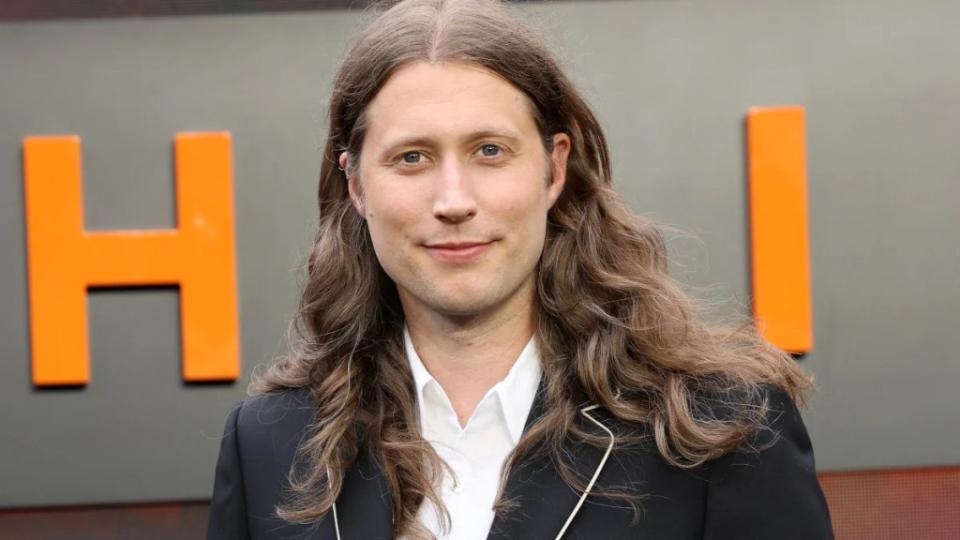How Composer Ludwig Göransson Took Viewers Inside J. Robert Oppenheimer’s Head
In film composing, the rule of thumb is often that animated movies are wall-to-wall music in which the composer must do a lot of the heavy lifting, while live-action films are more sparing with the music. But you can throw that out the window when it comes to Christopher Nolan’s “Oppenheimer,” a three-hour movie with about two-and-a-half hours of bold and very prominent score from Ludwig Göransson.
The Swedish composer, who won an Oscar for “Black Panther,” two Emmys for “The Mandalorian” and Record of the Year and Song of the Year Grammys for his work with Childish Gambino, said he did something on “Oppenheimer” that he’d never done on a film before. “I’ve never worked on a project that is from one single man’s perspective,” he said. “You’re with him — you’re feeling his feelings, you’re seeing through his eyes throughout the whole film.”

Almost everything he wrote, he added, needed to get viewers inside the head of J. Robert Oppenheimer (Cillian Murphy), who led the team that developed the atomic bomb in World War II. And that meant the movie, despite its epic scale, was at heart an intimate one.
“All the music needed to channel his growth and his inner struggles and emotions and what he saw and how he felt everything,” he said. “That was so exciting, because I’d never done anything like that before.”
His initial instructions from Nolan, with whom he’d worked on 2021’s “Tenet,” were vague except in one respect. “He wanted me to try to use the violin to portray Oppenheimer,” Göransson said. “It’s the kind of instrument that can work really well with the Oppenheimer character, because you can start with a super romantic, lush, beautiful tone and within a split second, change it to something neurotic depending on the performance of the player. You just slide your finger a bit and everything changes.”
Göransson and his wife, violinist Serena McKinney, explored the range of the instrument in their home studio, while the composer also used the size of his ensembles to reflect the action on screen. “The first time he’s lecturing a class, it’s only one person, so you only hear one solo violin playing,” he said. “Then three more people come in and we have three more violins come in. Then the whole class joins and then we have a whole string orchestra.
“It’s so interesting how you can build with the number of players and follow him on that very personal journey. Sometimes he feels just very alone and sometimes he feels like he’s got a whole world in the palm of his hands.”
He purposely didn’t link the instrumentation to the period in which the movie is set, which is largely the middle of the 20th century. “I wanted a sense of timelessness, not tying the music to the time period,” Göransson said.
But it was also clear that at one point in the film, a sonic change would be necessary. “The whole musical landscape changes when they’re getting ready to do the Trinity test,” he said. “Up until then, they’ve been talking about the bomb and making scribbles on paper. This is the first time you actually see the bomb. You see them raising it, hoisting it up in the air, and the music changes and goes into a very intense sound design landscape with a throbbing bass, a little ticking sound and some kind of granular radiation sounds that make you feel like the whole world is at stake.”
Much of his work, Göransson added, was done before Nolan even began to shoot the film. “That’s a unique way in which Chris Nolan works,” he said. “I sit with him every week listening to the music, talking about the music, listening to instruments and making demos. We’re throwing all the paint on the wall and then going together on this journey, to see what sticks.
“By the time he has the first cut, he already has two or three hours of music that he can put into the scenes as he’s editing.”A grin. “But that’s only about half my work. Then the real work is to take that and write to the images and the edits.”
A version of this story about first appeared in the Race Begins issue of TheWrap magazine. Read more from the Race Begins issue here.

The post How Composer Ludwig Göransson Took Viewers Inside J. Robert Oppenheimer’s Head appeared first on TheWrap.


